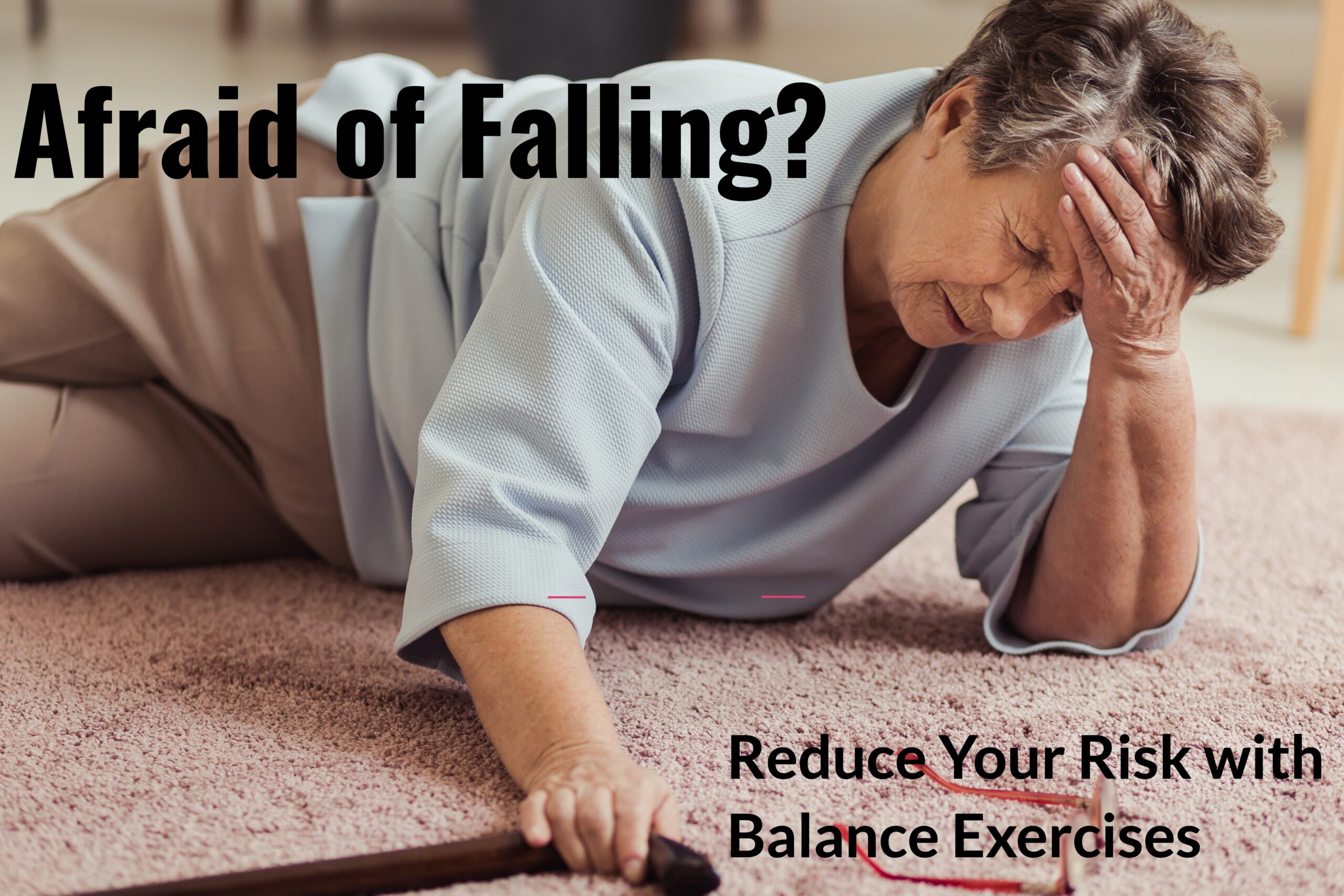Almost 10 million Americans report problems with balance. About 40% of people over the age of 60 experience problems with their balance. One-third of adults in this age group and over half of people older than 75 fall each year. Men and women are affected equally. Loss of muscle and changes in the inner ear and nervous systems are partly responsible for increasing falls with age. Thankfully you can do things to improve your balance and reduce your risk of falls. This article teaches you 3 proven balance exercises.
Why People Fall
Your eyes, inner ear, joints, and muscles all relay information to your brain. Your brain interprets all the incoming information to determine where you are in your environment. The brain then coordinates your response in order to maintain balance. This is accomplished through pathways from your brain to your nerves and onto your muscles.
Existing pathways can be strengthened and new ones can be created. Performing exercise that is at an appropriate level to challenge and develop these pathways will improve your balance. Here are 3 examples of exercises that work.
Step Taps
Stand in front of a step or small step stool. Place your hands on your hips or across your chest. Place one foot gently on top of the step. Alternate steps with each foot. The aim is to place the foot on the step as softly and quietly as possible without looking at your feet. Begin by performing 10 slow repetitions with each foot. Progress the exercise by using a higher step.
4-Square Stepping
Make 4 squares on the floor with objects such as clothing, rope, or yardsticks. Slowly step forward then to the side, then backward, and then back to the starting square. After a brief pause, reverse the direction. Alternate directions with each reach repetition. It is best to perform the exercise without looking at your feet. Holding your head down compromises your stability and balance. Perform 5 repetitions in each direction.
Tandem Walk
Stand with your arms across your chest. Step with a narrow base of support as if walking on a tightrope. The heel of one foot touches the toes of the other foot. Take 5 to 10 steps then pause in the narrow stance position for 5 seconds. For a greater challenge perform the exercise both forward and backward. It is best to perform this exercise in a narrow hallway or near a counter in case you begin to lose your balance.
Need More Help with Balance Exercises?
Balance exercises must be performed frequently in order to influence your nervous system. With consistent practice over time, balance and reaction time will improve slowly. Don’t expect a rapid change in a few days.
In order to continue to make improvements, progress the challenge of each exercise over time. Balance exercises work best when performed in conjunction with strength training. See your physical therapist for help determining the exercises best for you.

